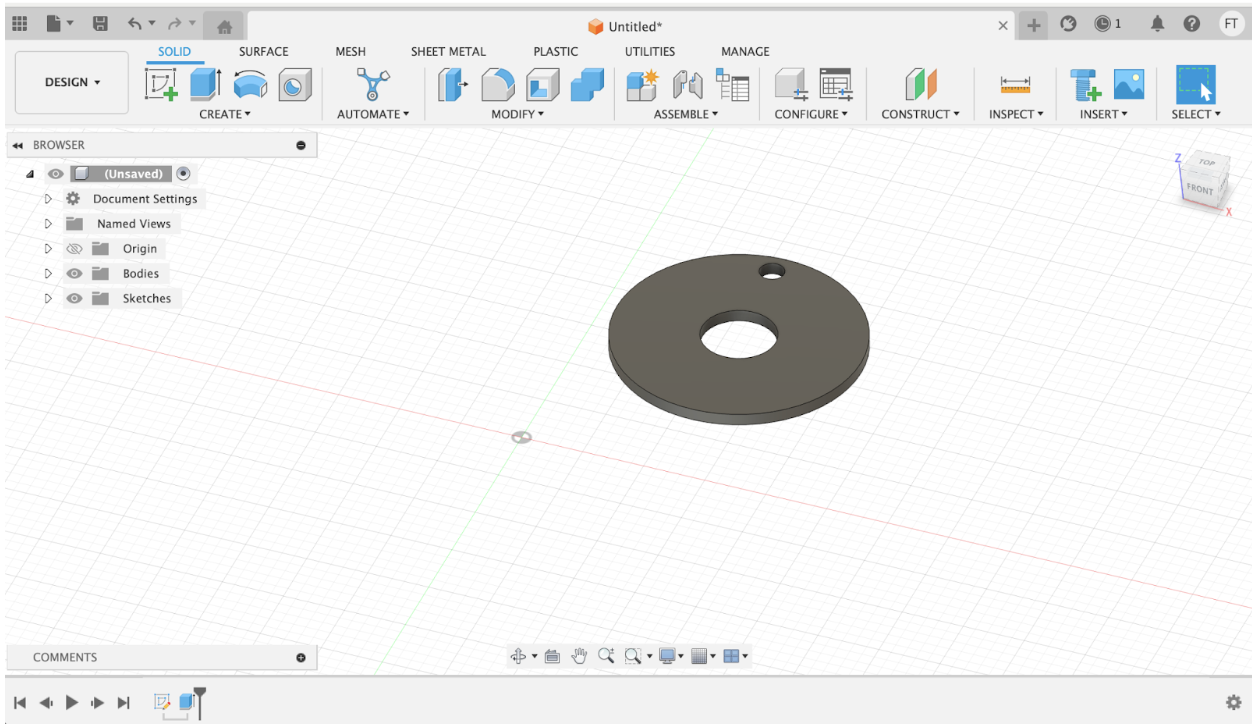So I have been doing a little bit more work on my guitar project.
Last semester I built the guitar and did some pick up prototypes that ended up not going anywhere.


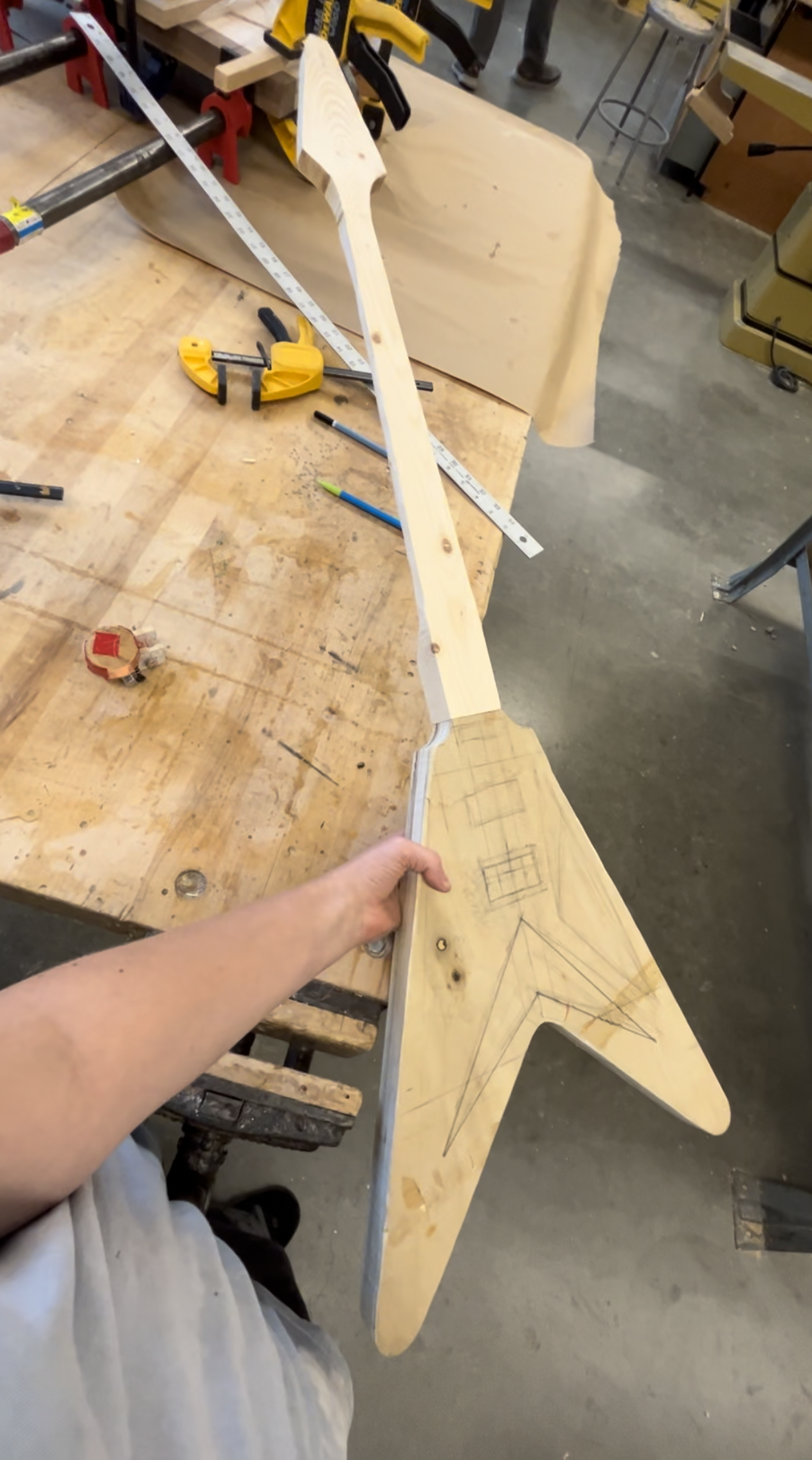
I also spent last semester familiarizing myself with the LM 386 op amp, for this project as a guitar amplifier and also for my cassette project as well.
I took a little bit of a break, and came back to it about a month ago. I got really interested in guitar pedals and wanted to design one for the guitar.
My plan is to start with the most simple pedal and amplifier I can and really understand it so in the future I can start designing interesting and unique pedals that may not exist yet.
So with some research and studying I have come up with this design.
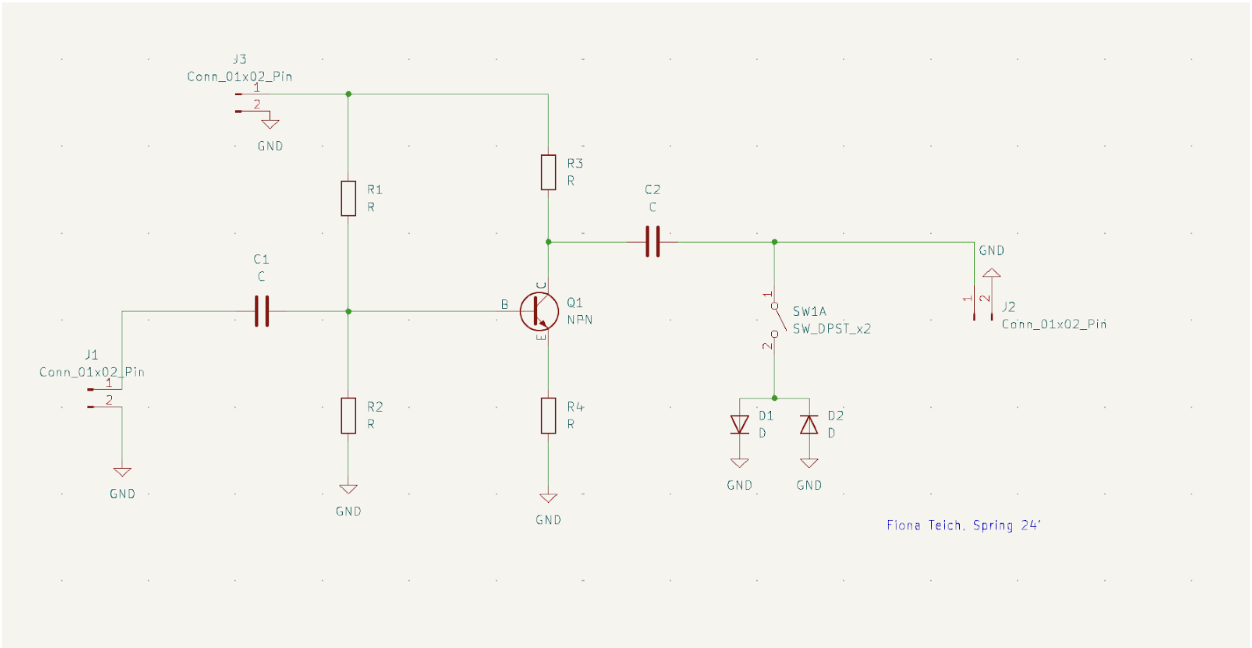
This is just a single transistor, common emitter amplifier with some diodes thrown at the end to create some controlled clipping and distortion.
As with most things, there are many factors to consider to get this working properly and so I am now in the stage of prototyping and troubleshooting.
Here is my working circuit:
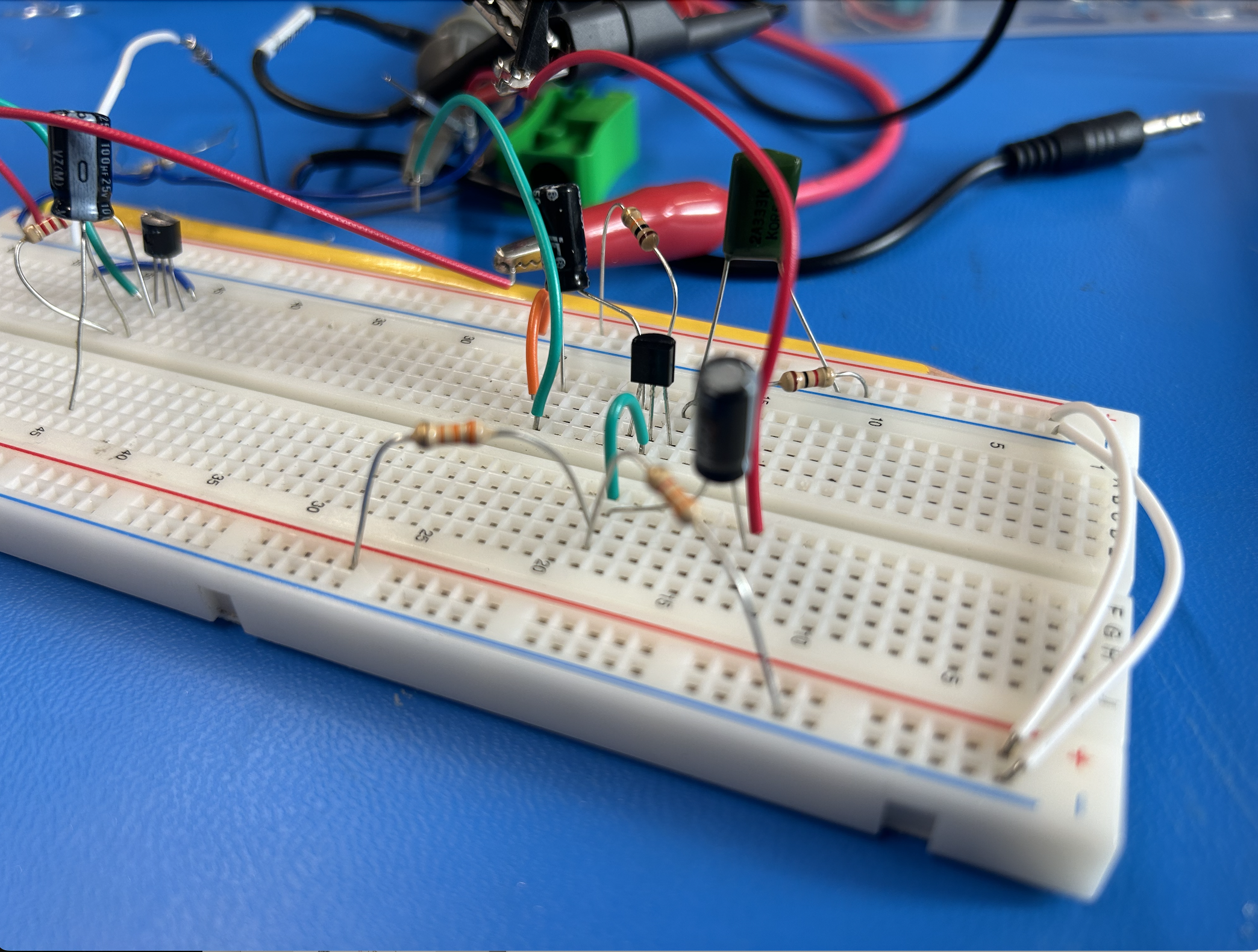
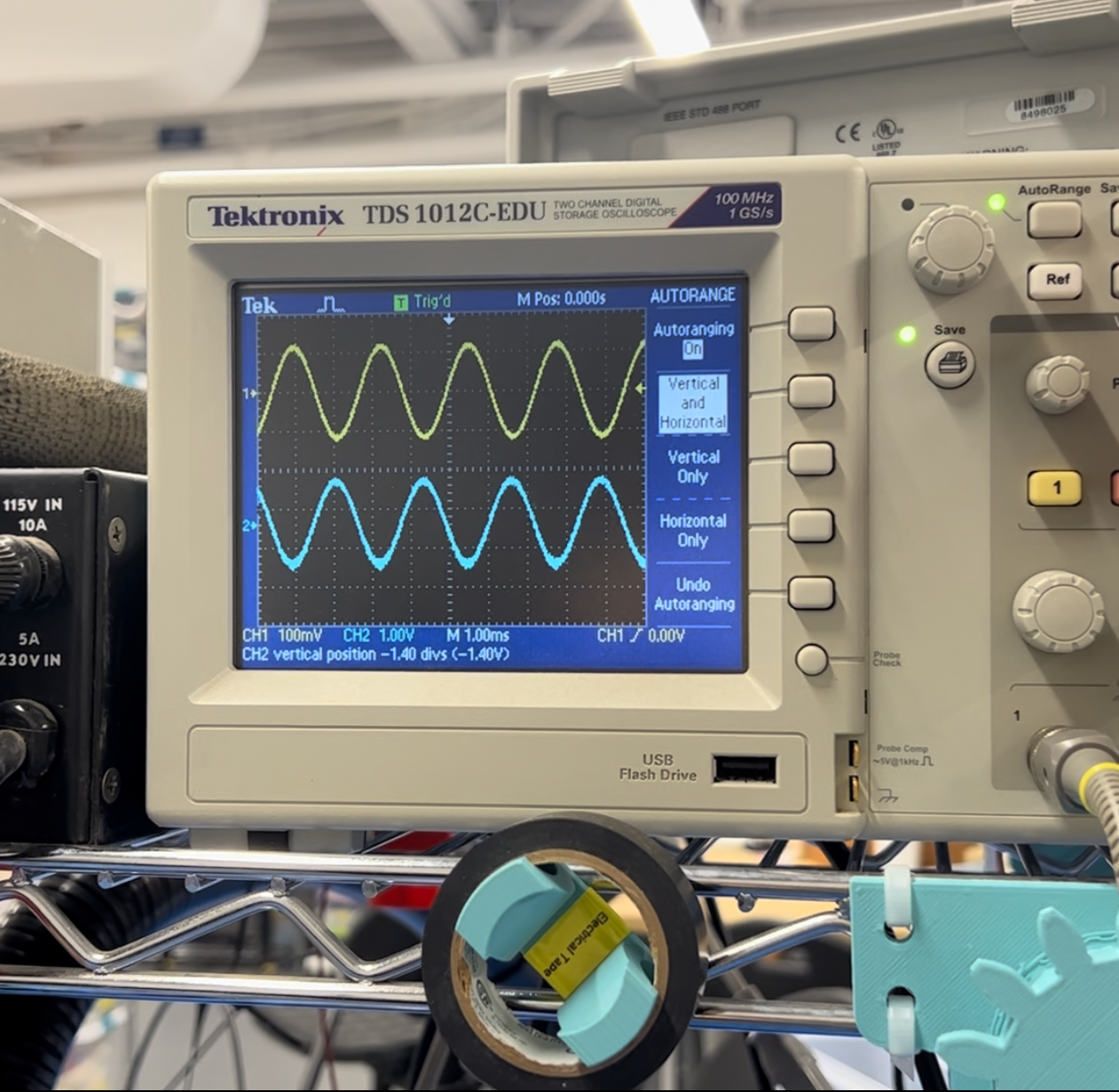
Inverted amplification of a factor of 10
Here is a little bit of my circuit analysis and next steps
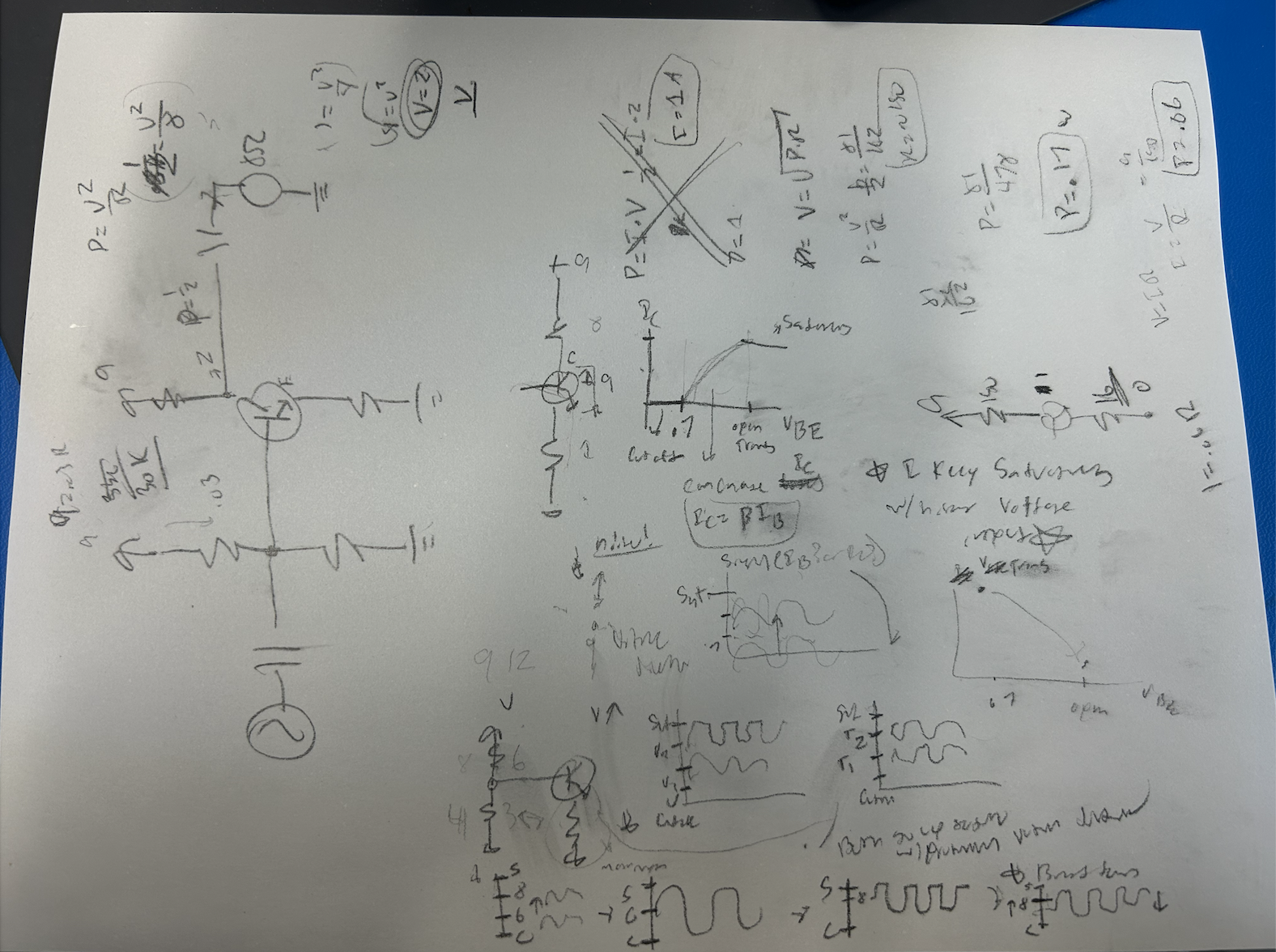
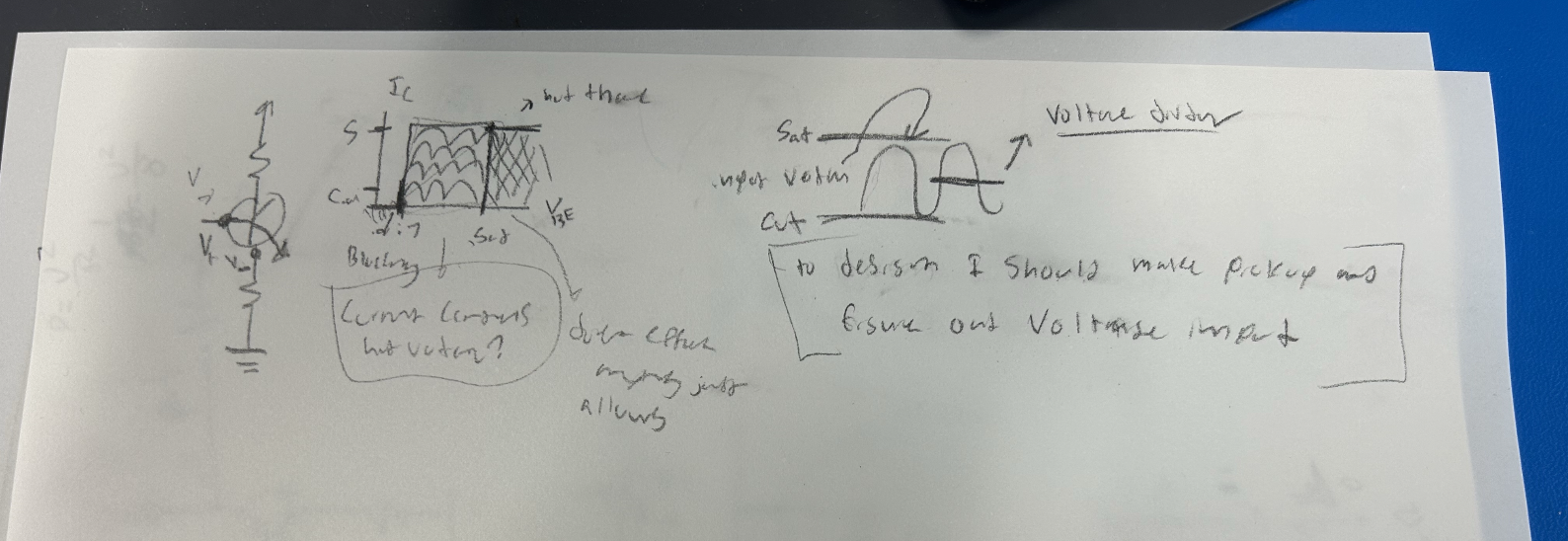
Next steps
So I don't know much about guitar pickups, I do remember in my class learning about magnetic and electric fields, specifically how the magnetic field interacts with current (Lenz's law).
That being said I am unfamiliar with the ins and outs of pick up design, and how various factors (magnetic strength and polarization, wire diameter, how coil is wrapped etc..) affect the output.
I am also not sure what output I am shooting for to best interact with the amplifier I am creating.
The best way I have found to learn is to find something that works and play around with it to understand how it works and how changing different things affects the output.
I am going to follow along with this video:
HereAnd I have design the bobbin part on fusion360 here:
